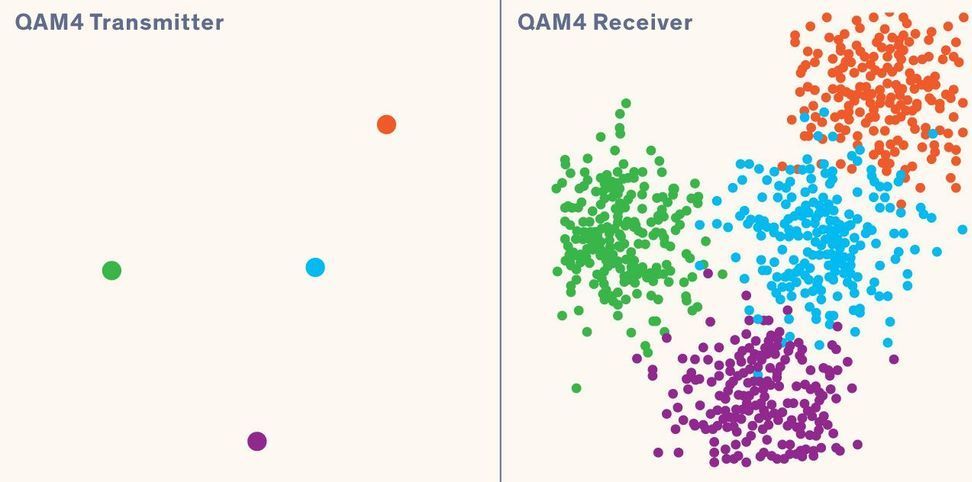The era of telecommunications systems designed solely by humans is coming to an end. From here on, artificial intelligence will play a pivotal role in the design and operation of these systems. The reason is simple: rapidly escalating complexity.
Each new generation of communications system strives to improve coverage areas, bit rates, number of users, and power consumption. But at the same time, the engineering challenges grow more difficult. To keep innovating, engineers have to navigate an increasingly tangled web of technological trade-offs made during previous generations.
In telecommunications, a major source of complexity comes from what we’ll call impairments. Impairments include anything that deteriorates or otherwise interferes with a communications system’s ability to deliver information from point A to point B. Radio hardware itself, for example, impairs signals when it sends or receives them by adding noise. The paths, or channels, that signals travel over to reach their destinations also impair signals. This is true for a wired channel, where a nearby electrical line can cause nasty interference. It’s equally true for wireless channels, where, for example, signals bouncing off and around buildings in an urban area create a noisy, distortive environment.
